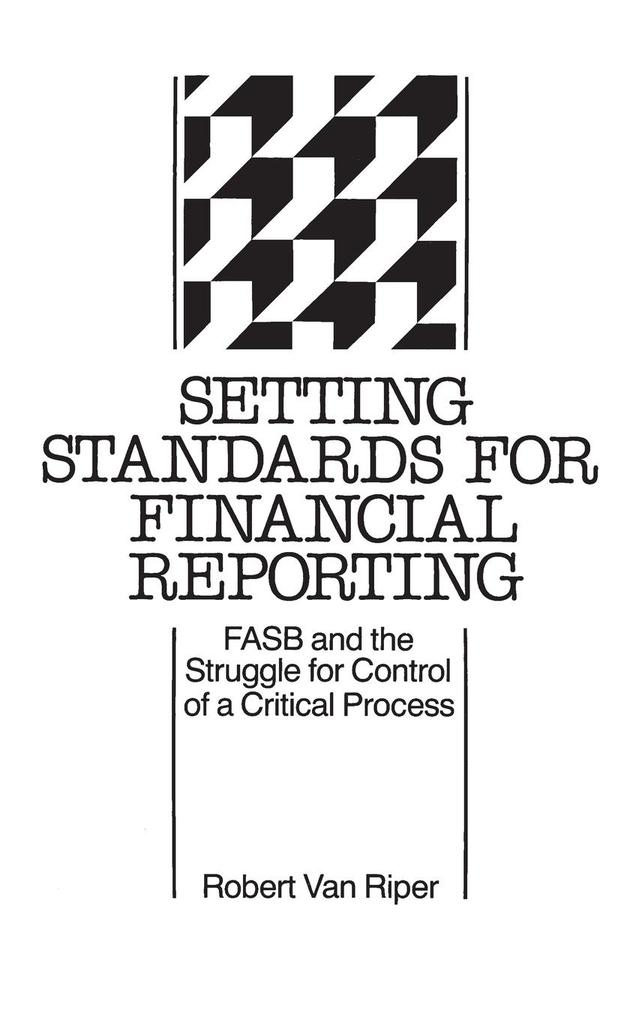
Zustellung: Do, 24.07. - Mo, 28.07.
Versand in 7 Tagen
VersandkostenfreiThe book begins with an overview of how and why the present self-regulatory arrangement for setting standards for financial reporting in the private sector came about in 1973. A brief description of the new structure is followed by a discussion of the essential elements of meaningful self-regulation. A schism emerged between advocates of neutrality and objectivity in standard setting and those who think the primary concern should be for possible economic and social consequences. Early clashes between traditional views and newer insights are described, setting the stage for an account of serious resistance to change. Powerful interests mount determined efforts to thwart the standard setters, undercutting not only self-regulation, but also the intent of the federal securities acts of 1933 and 1934. The practical and philosophical bases for the opposing views are examined, and recommendations are presented for ensuring continuation of private-sector standard setting despite the intensity of these views.
Inhaltsverzeichnis
A "Last Chance" for Self-Regulation
A Goldfish in a Pool of Sharks?
A Baptism of Fire
An Encounter with "No-Cost" Accounting
Agent of Change in a Conservative Environment
What's Sauce for the Goose.
A Kaleidoscope of Complaints
The Business Roundtable Steps Up to Bat
Another Waltz 'Round the Table'
The Trustees Go Into a "Prevent Defense"
Accounting "Truth"--Or Consequences?
"The Public Interest"--Or Public Intent?
Epilogue
Selected Bibliography
Index
A Goldfish in a Pool of Sharks?
A Baptism of Fire
An Encounter with "No-Cost" Accounting
Agent of Change in a Conservative Environment
What's Sauce for the Goose.
A Kaleidoscope of Complaints
The Business Roundtable Steps Up to Bat
Another Waltz 'Round the Table'
The Trustees Go Into a "Prevent Defense"
Accounting "Truth"--Or Consequences?
"The Public Interest"--Or Public Intent?
Epilogue
Selected Bibliography
Index
Produktdetails
Erscheinungsdatum
21. Juli 1994
Sprache
englisch
Seitenanzahl
218
Autor/Autorin
Robert van Riper
Verlag/Hersteller
Produktart
gebunden
Gewicht
496 g
Größe (L/B/H)
240/161/16 mm
ISBN
9780899309071
Pressestimmen
.,."an interesting read for accountants, laying bare how things really get done at the peak of the accounting power structure."-Management Accounting
Bewertungen
0 Bewertungen
Es wurden noch keine Bewertungen abgegeben. Schreiben Sie die erste Bewertung zu "Setting Standards for Financial Reporting" und helfen Sie damit anderen bei der Kaufentscheidung.








